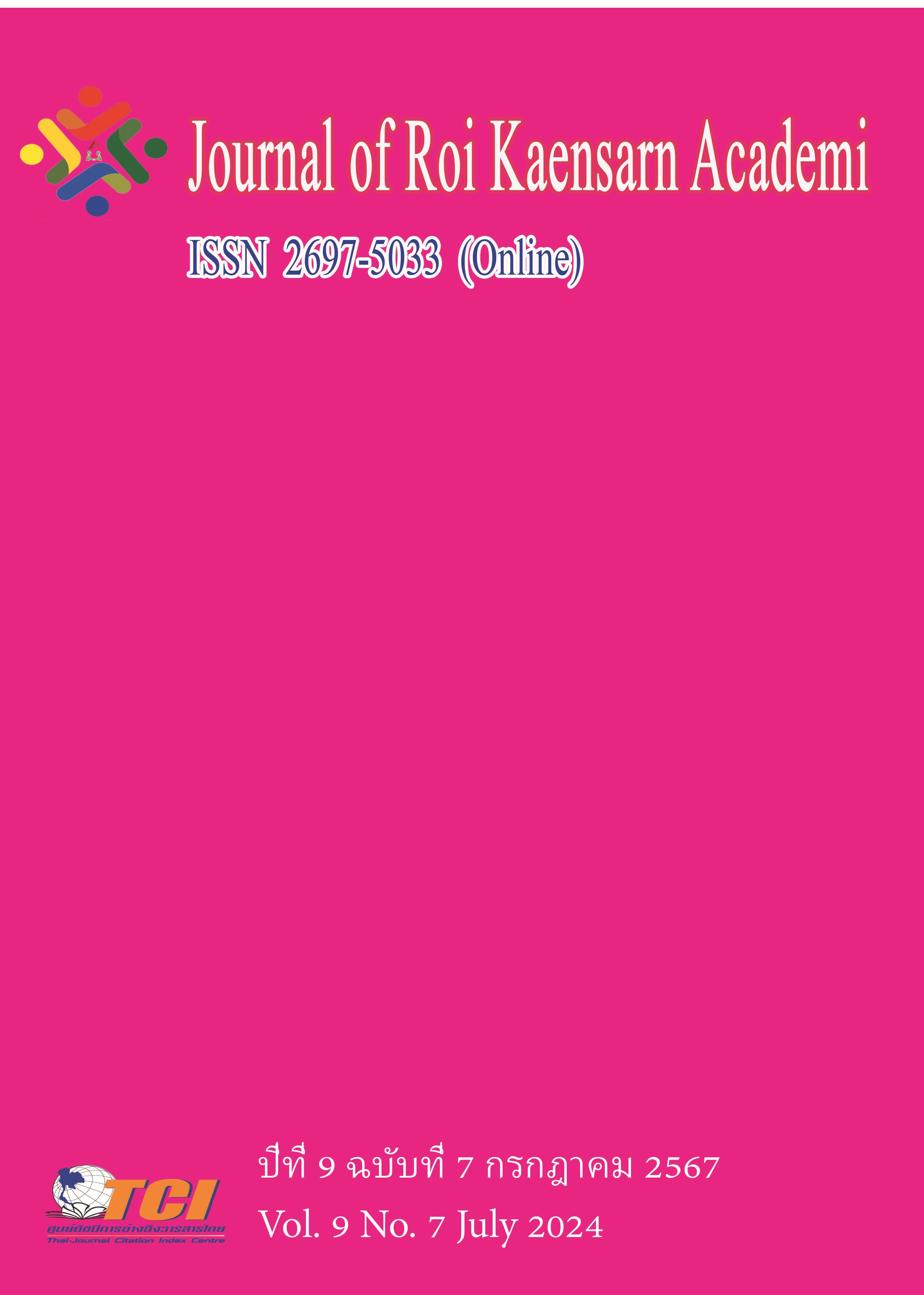The Performance of the Mapi Dance in China
Main Article Content
บทคัดย่อ
The Mapi dance in Xinxiang, Henan Province began in the late Ming Dynasty and had a significant influence in the jurisdiction of Weihui and Huaiqing prefectures during the Ming and Qing dynasties. It was mainly spread in the areas of Ji County, Huojia, and Wuzhi. In the old days, during leisure time or major festivals, only a small space was needed in the village, and a person wielded a the Mapi whip and led a dozen people to perform. In the middle of the Qing Dynasty,the Mapi dance gradually became a part of the daily life of the people in the Huojia area of Xinxiang. In the late Qing Dynasty, it reached its peak. During the Daoguang period of the Qing Dynasty, the eleventh-generation inheritor, Du Shubing, recruited nearly a hundred apprentices. However, after entering the 21st century, with the growth of local economic strength and the continuous updates of science and technology, foreign cultures continue to pour into the Huojia area, making its cultural environment diverse and integrated from the previous single and closed. This article presented the performance of the Mapi dance in China.
Article Details
เอกสารอ้างอิง
Bo, X. (2018). Rethinking on the Protection Policy for Inheritors of Intangible Cultural Heritage. Southeast Culture, (6).
Jia, J. (2018). The influence of traditional Chinese culture on folk dance. Art Review, (13).
Li, G. (2019). Research on the Interaction between the Protection of Intangible Cultural Heritage and Square Culture. Journal of Dali University, (1).
Qi, J. (2011). Research on the Protection and Inheritance of Intangible Cultural Heritage in Xinxiang. Popular Literature and Art, (12).
Yu, Z., & Zhang, H. (2014). Research on the Culture of "Grinding Skin Flower Drum Dance". Journal of Pu'er University, (1).

